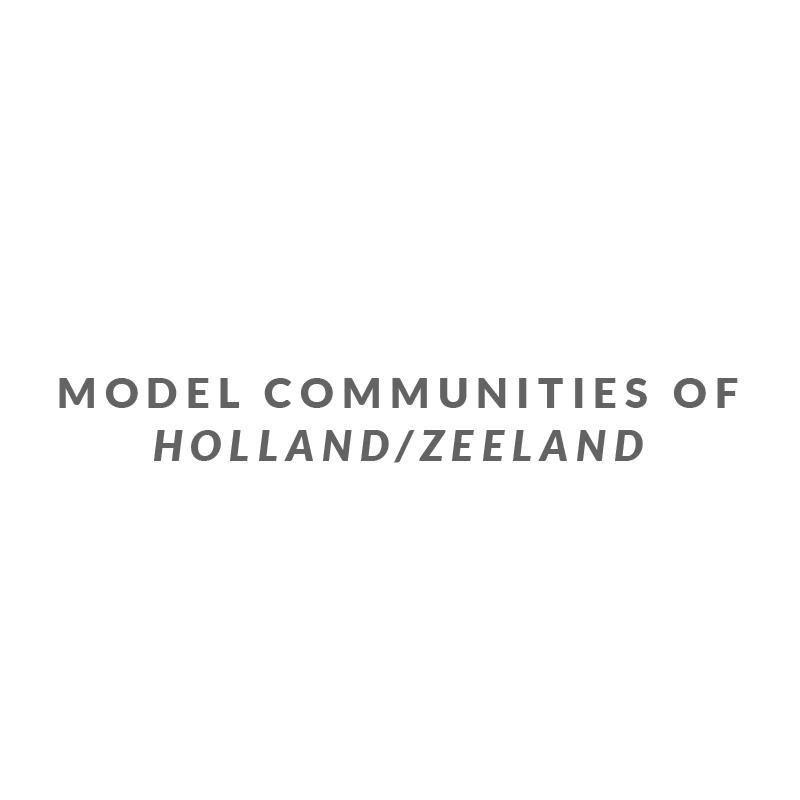We believe that one of the distinctive strengths of Ottawa County is the way in which we collaborate to solve our community’s challenges. Community SPOKE plays different roles in many of our local collaborations including as the initial convener, the ongoing convener, strategic planning facilitator, governing leader, or as supportive participant. Below is a brief summary of current and past community collaborations along with links to additional information regarding each.

A collaboration of case coordinators from various social service agencies that meet bi-monthly in the Grand Haven area to keep one another up to date on current needs and services.

A collaborative effort to design an age-friendly community in Holland/Zeeland. The initial focus of this effort was to design more age-friendly transportation options, particularly as it relates to our older adult population.
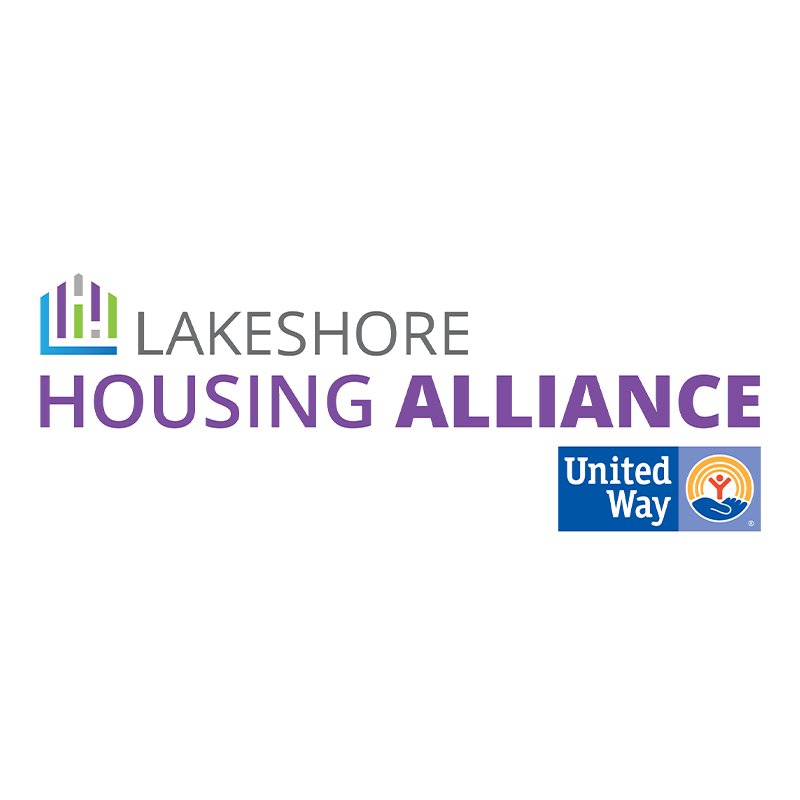
The Lakeshore Housing Alliance (LHA) is a collaborative group dedicated to identifying needs, developing a vision, encouraging coordination of responses, and advocating for safe, accessible, affordable housing and services in the Ottawa County area.
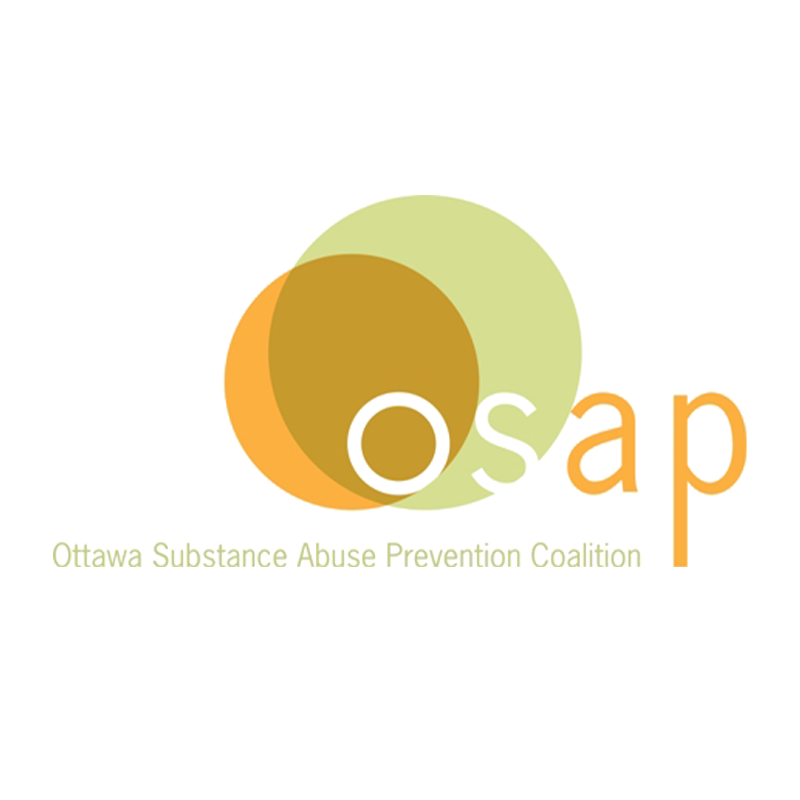
The Ottawa Substance Abuse Prevention Coalition (OSAP) is dedicated to the reduction of substance abuse in Ottawa County and has several committees and taskforces dedicated to addressing issues around substance abuse.
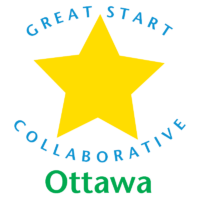
Great Start Collaborative-Ottawa Area, in cooperation with the Michigan Department of Education and the Michigan Office of Great Start, connects parents, social service agencies, individuals, health care professionals, childcare providers, educators and more with unique community initiatives. Working together to create an ecosystem in our county for children to grow up healthy and ready to succeed.

Housing Next is an initiative focused on supporting housing solutions for all income levels in our community. More than 36% of Ottawa County families are struggling to make ends meet. For many of these families, this is due to a severe lack of housing choice. The choices that are available have not kept up with modern demands. We must be thinking about the next era of housing supply and community design that permits a high quality of life in a financially sustainable pattern of living.
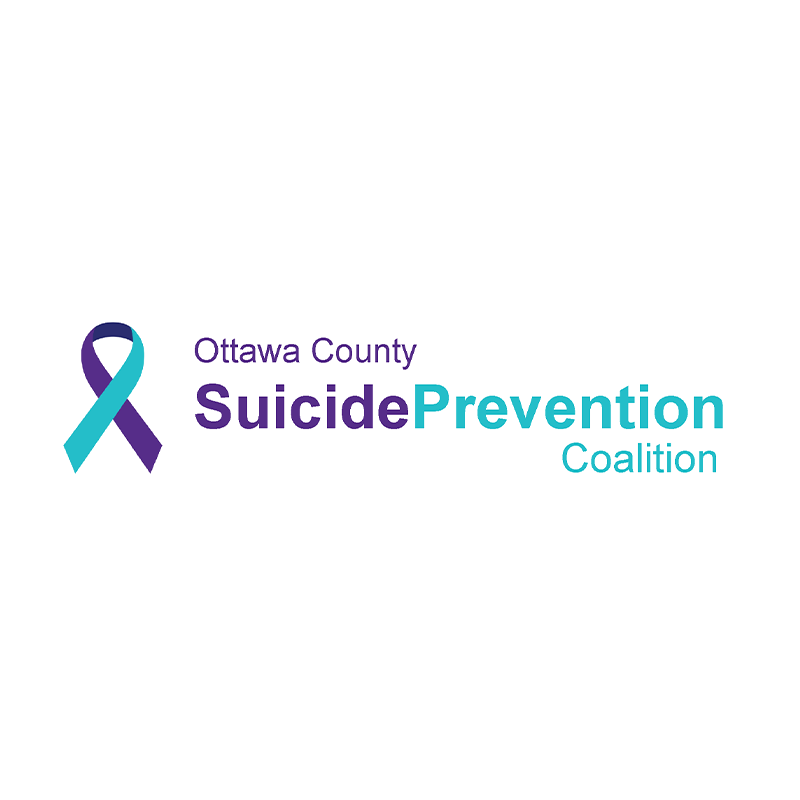
The Ottawa County Suicide Prevention Coalition aims to decrease the number of suicides in Ottawa County by educating the community about suicide warning signs and prevention strategies, promoting existing suicide prevention resources, as well as identifying and addressing emerging issues regarding suicide and suicide prevention.

A collaboration of case coordinators from various social service agencies that meet bi-monthly in the Holland area to keep one another up to date on current needs and services.

A coordinated community effort to prevent domestic and sexual violence through community education and collaboration, to promote safety for victims and families and to hold abusers and perpetrators accountable.

Ottawa Food is a collaboration of over 45 agencies and individuals working to ensure that community members have access to healthy, local, and affordable food.

Thrive Ottawa County is a group of West Michigan organizations and individuals dedicated to informing our community about the importance of understanding the impact of Adverse Childhood Experiences (ACEs), providing local ACEs data, and linking people to resilience resources.
Communities often launch into new collaborations for good reason when a specific need or opportunity has been identified. Planning ahead to how that collaboration will be structured, operate, and be sustained is extremely important to its success. The following document serves as a reference to any new collaboration to help the initiative set up for success from the beginning or for an existing collaboration to benchmark where they are.

Right Focus
Collaborations shouldn’t be formed for everything. Sometimes a perceived need isn’t really that great of a need. Data can help clarify this.

Launched at Right Time
Those launching the collaborative should ask “Is the community saturated with other initiatives right now?” or “Are there greater needs to be focused on?”

Clear Focus
Everybody involved in the collaboration must have a clear understanding of what the group is trying to accomplish.

Right People at the Table
One of the first questions of any collaboration should be to ask, “who do we need to involve.”

Clear Objectives and Goals
The collaboration must have defined what they are seeking to address with clear goals and objectives.

Goals are Attainable
Oftentimes new collaborations can reach for too-ambitious goals, which can be defeating to the group when early on it becomes apparent that they are unattainable.

Seek Early Wins
In addition to setting realistic and not too lofty of goals, the collaborative should also seek early wins that everybody involved can celebrate as success.

Right Measures of Success
Clear goals and objectives should lead to clear metrics that tell the collaborative whether they are achieving success.
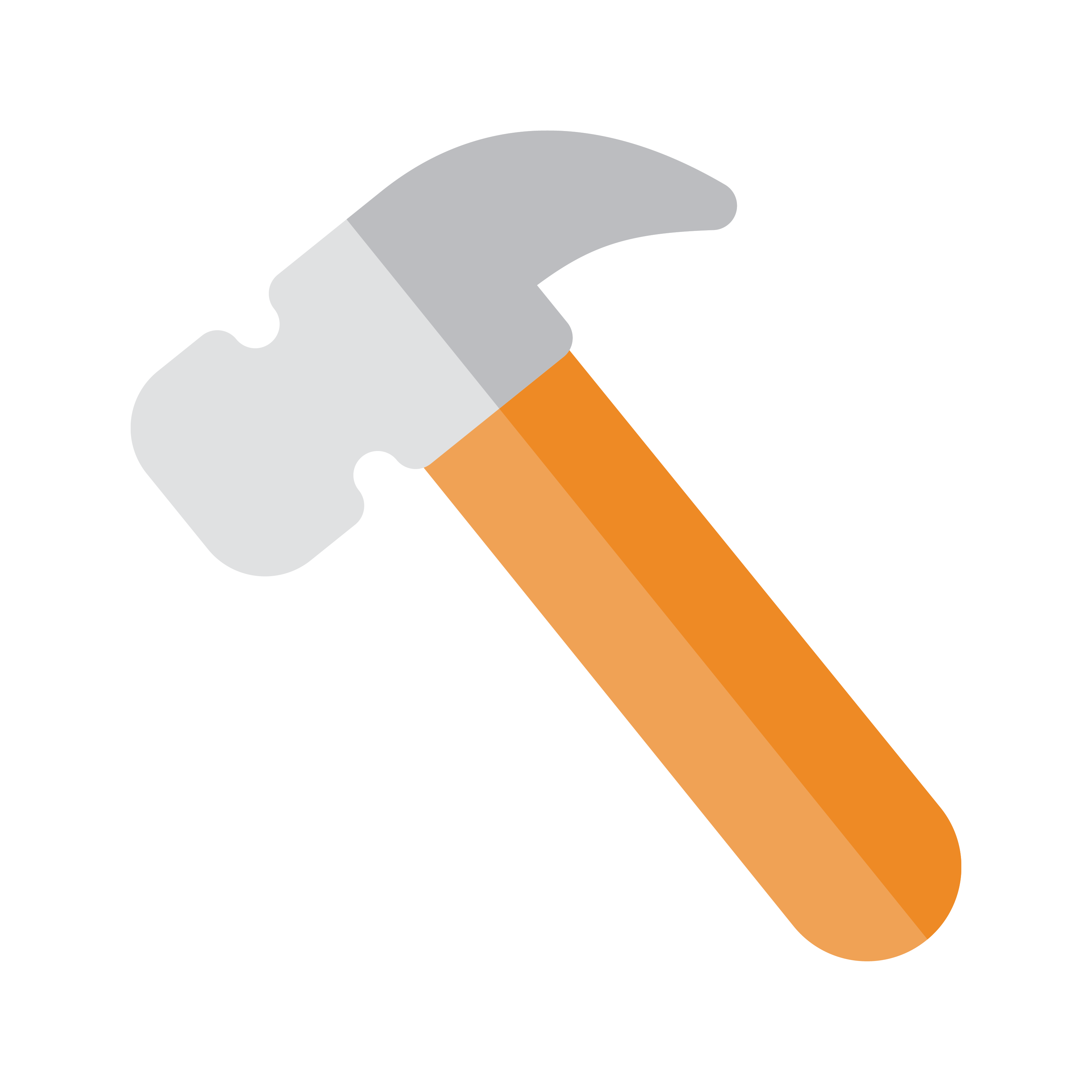
Participants know Their Role
Participants must have an understanding of their roles and responsibilities to the collaborative.

Workgroups are the Right Size
If too few people are at the table, there isn’t enough momentum and/or capacity to implement. If too many people are at the table the group can become unruly or pulled into too many different directions.

Empowered by Good Leadership
The time devoted to the collaborative should be viewed by leaders as accomplishing their organization’s mission.

Collaborative Goals Tied to Participants
There needs to be a direct link between the collaboration’s goals and that of individual participant’s goals and that link needs to be clear.

Engagement of Constituents
For collaborations to ultimately be successful they must engage the people that they are seeking to serve at various levels in the process.

Skilled Facilitator
Somebody needs to own the responsibility of facilitating the collective group to identify what they hope to achieve and how they will carry out the work.

Funding to Do the Work
Funding allows for an initial plan to be put together (and any research needed as part of that planning), for hiring dedicated staff to the collaborative, and can help implement the actual work of the collaboration.

Dedicated Staff
Collaborations made up of individuals whose full-time jobs exist outside of the collaboration will lose momentum and energy over time.

Communicate to the Public
Collaborations that aren’t telling their story well to the larger community can become irrelevant over time or can see duplicate work beginning to take crop up in its place.

Evaluate the Collaboration
While it is obvious that the work of the collaboration should be evaluated to see if progress is being made, evaluation of the collaborations as a functioning body is also important.

Know when to End
Collaborations may serve a valuable purpose for a period of time but at some point the question should be asked, “have we done all that we can?” In which case, celebrate the good work that has taken place and move on.
Community SPOKE is building the “ecosystem” where structured collaboration can be successful. The following list of objectives have been identified as the keys to a healthy ecosystem.

Aligned Funding
The alignment of various funding sources (private and public) around causes, solutions, and initiatives that have been prioritized.

Alignment with Bigger Conversation
The challenges experienced at the local level have the potential to get greater exposure, and possibly greater community engagement, when aligned with a national and/or state dialogue surrounding that challenge.

Cross-Sector Buy-In
The problems we face as a community are simply too great for one individual, organization or even sector to solve alone. Because of the system-oriented nature of many of our problems, all sectors must be at the table.

Engaged Constituents
The most impactful solutions come about when those who are actually impacted by the problems that led to those solutions are involved in the process.

Fostered Relationships
Successful collaborations succeed or fail based on the relationships and the foundation of trust built between the people involved.

Process for Data Collection
The true magnitude of a problem is only understood once proven through data. Systems for good data collection and sharing are needed as a basis for good community planning.

Public/Private Partnerships
These collaborations bring the best of what the public sector provides and the best of what the private sector provides together to meet the needs of the community.

Strong Backbone Infrastructure
For structured collaboration to be successful there needs to be an entity that is able to take on the important responsibility of coordinating the effort and providing back-office support.

Strong Leadership
Leaders are needed that run their own organizations with excellence, are collaborative in spirit, look to better the community first (rather than personal/organizational gain) and are willing to challenge existing systems/structures.

Well-Designed Structure
While no two collaborations are exactly alike, there are certain design elements that increase the chances that a particular collaboration will be successful. Knowing these ahead of time before launching into a new collaboration is important.

Well-Informed Public
It is critical that the general public and particular key stakeholders are well informed of the greatest health and human services priorities and have knowledge of the existing resources and efforts to tackle those needs.

